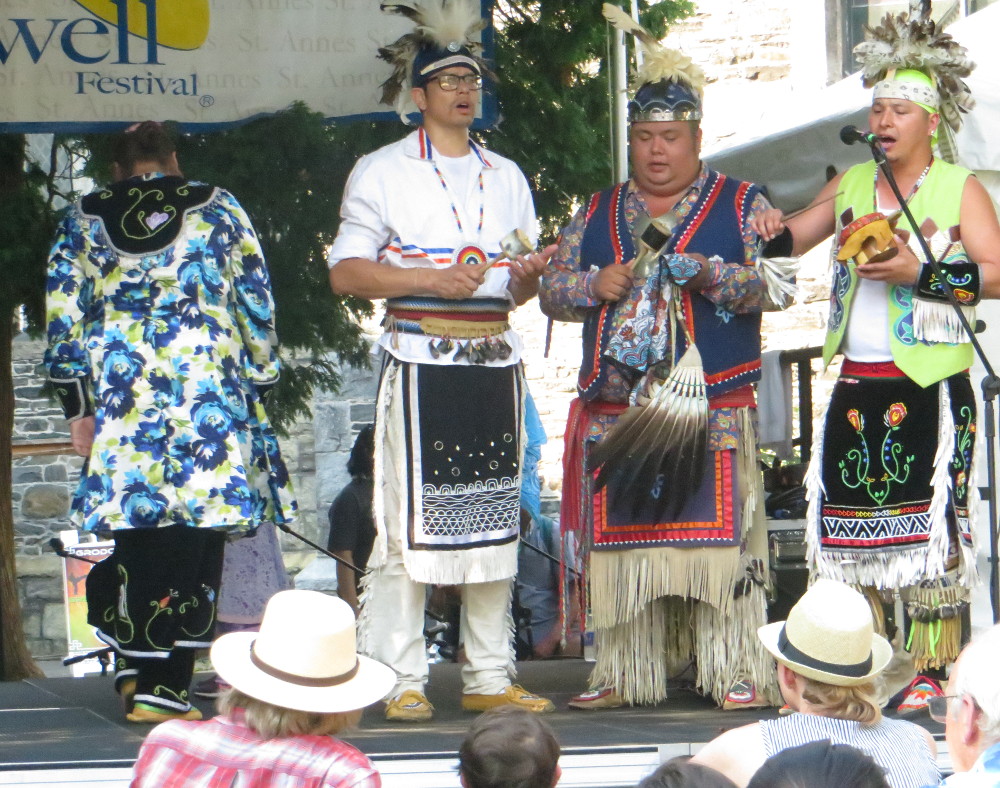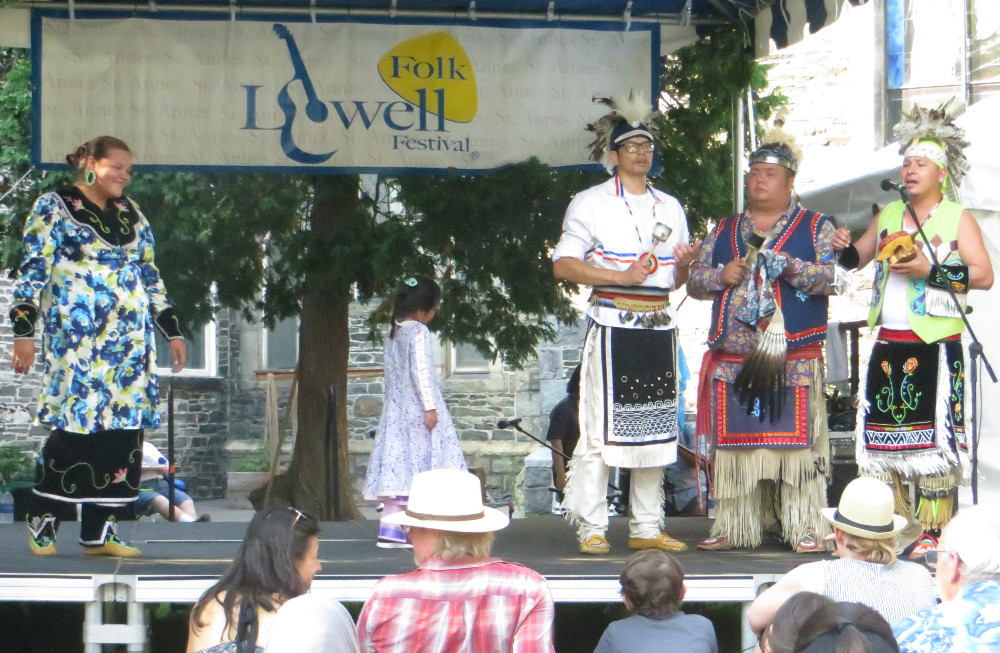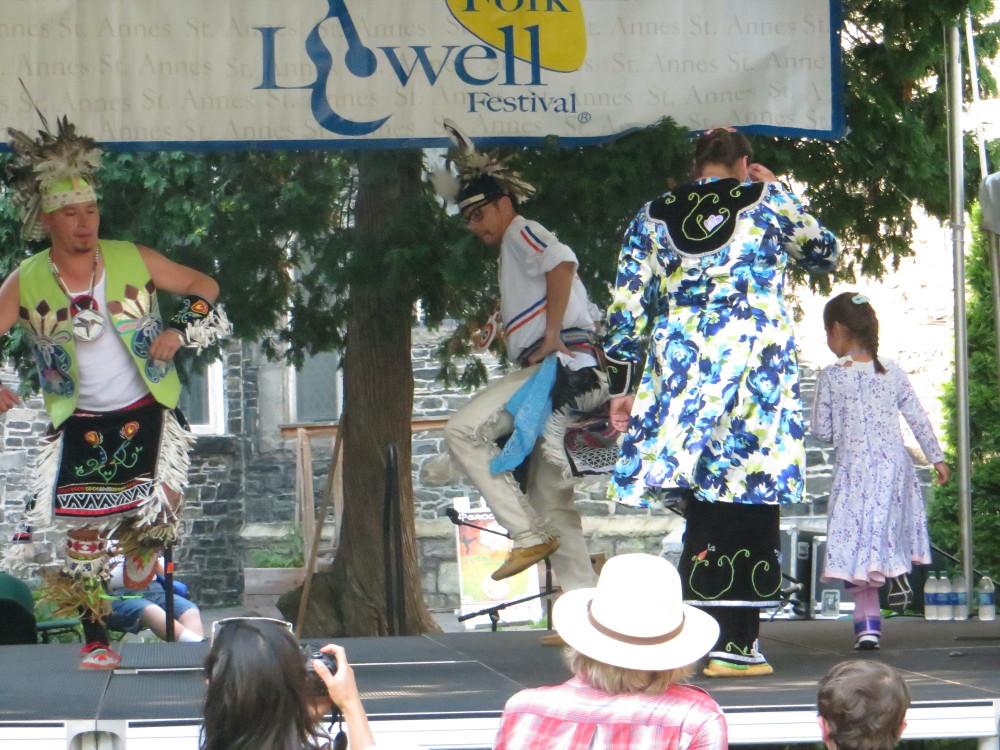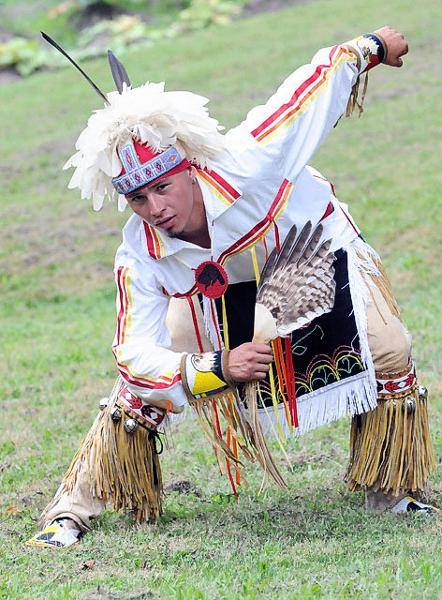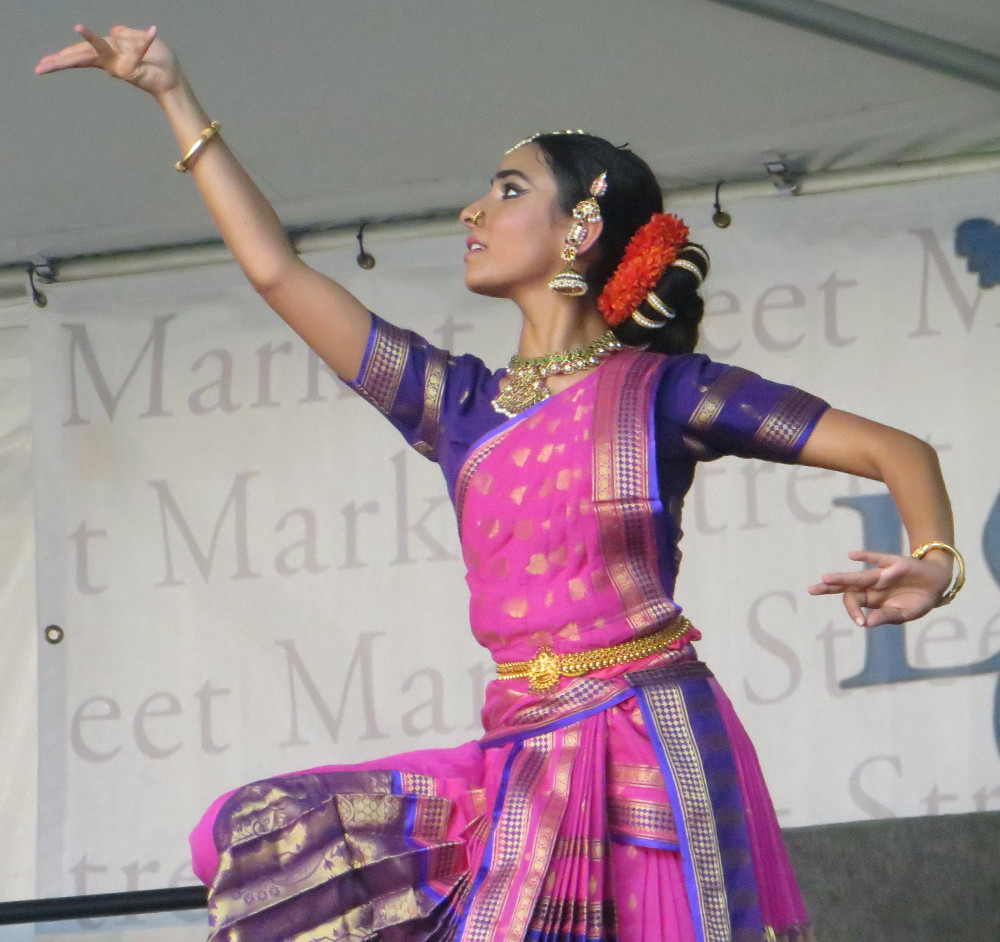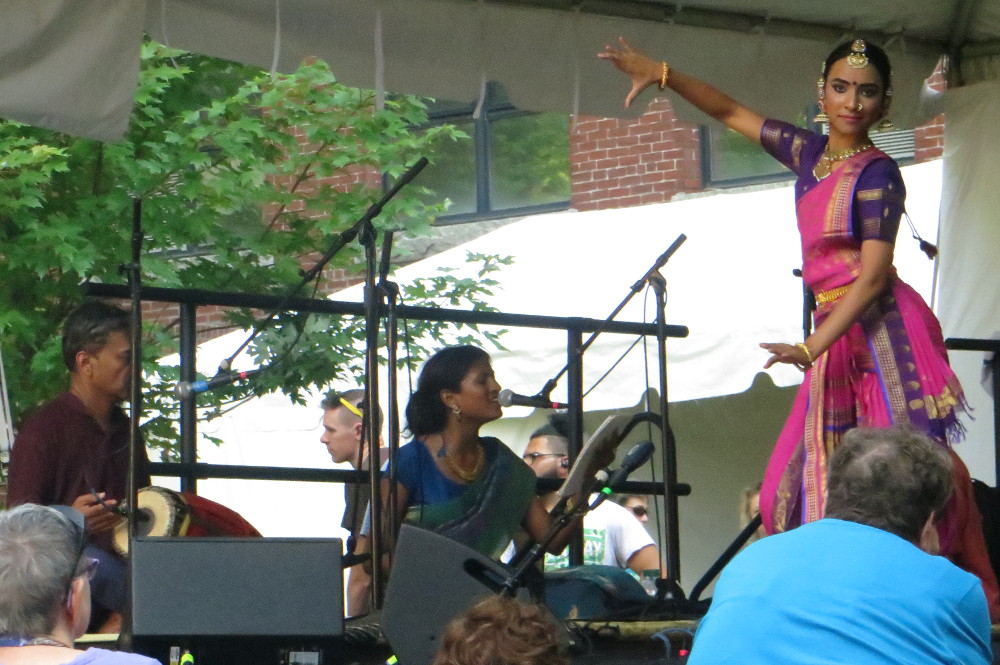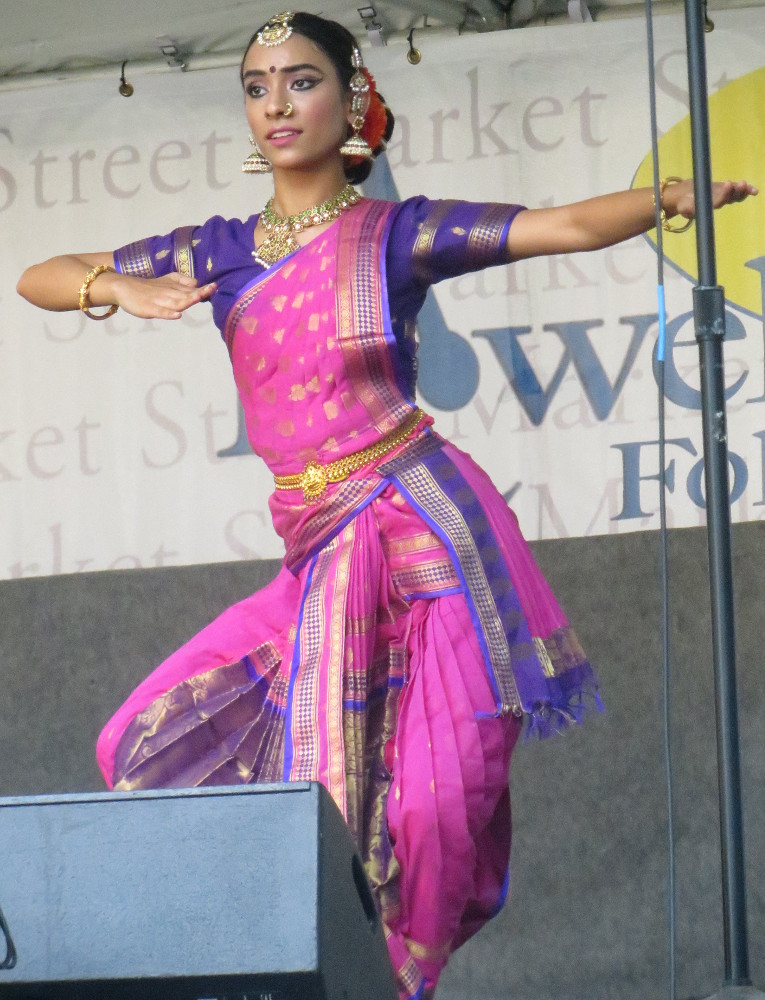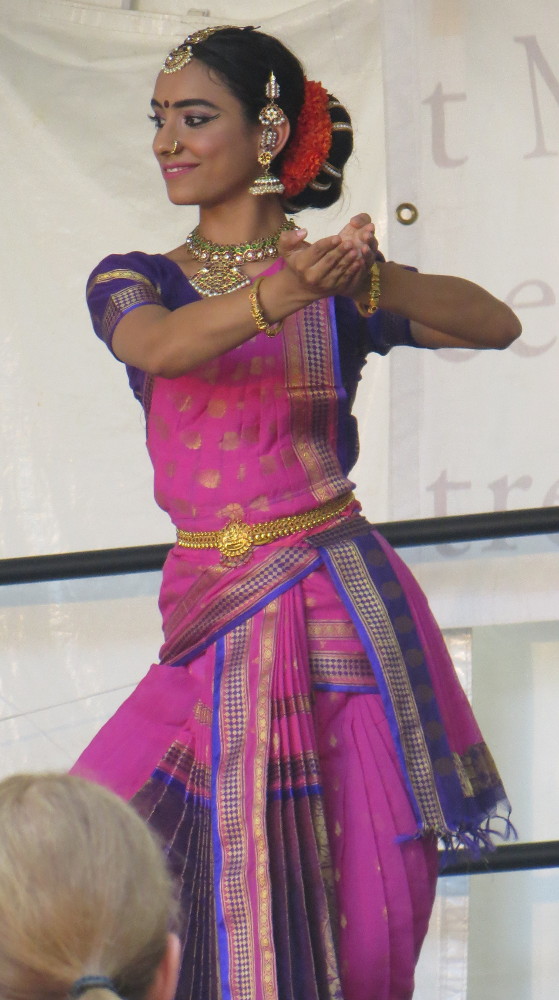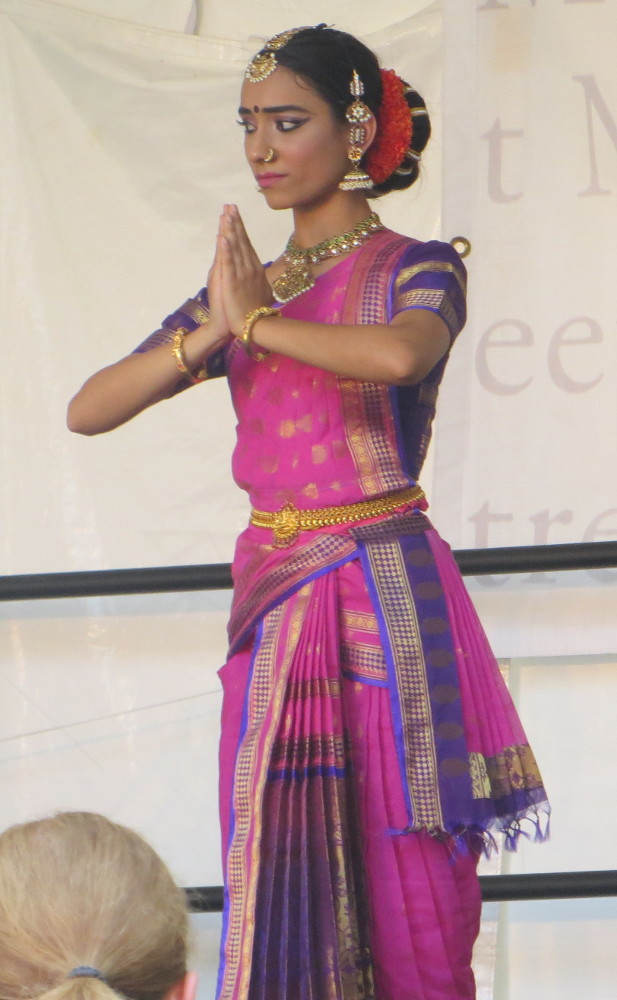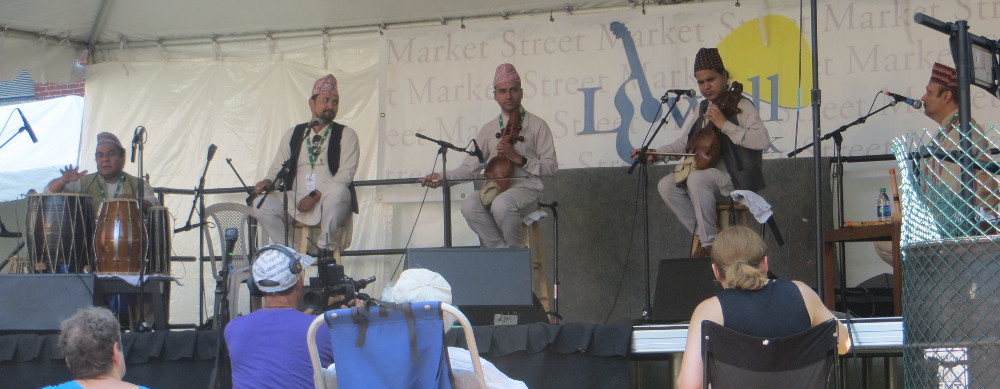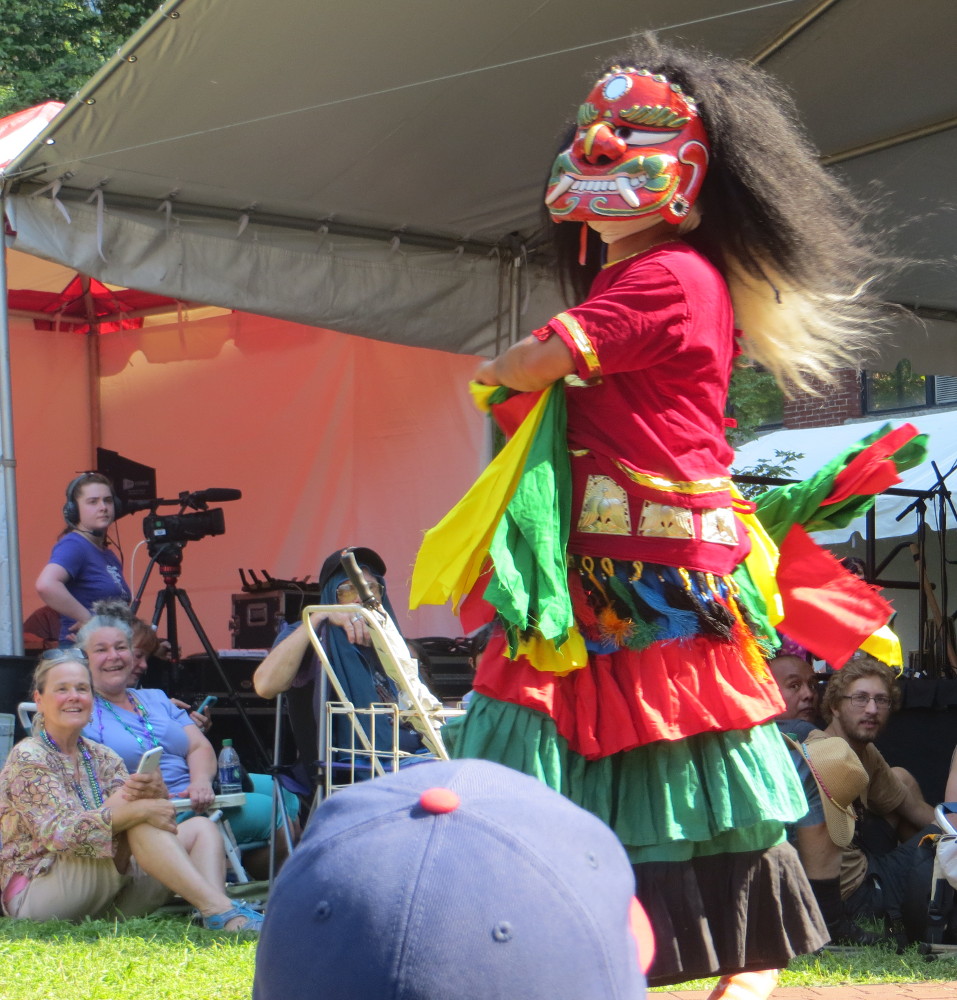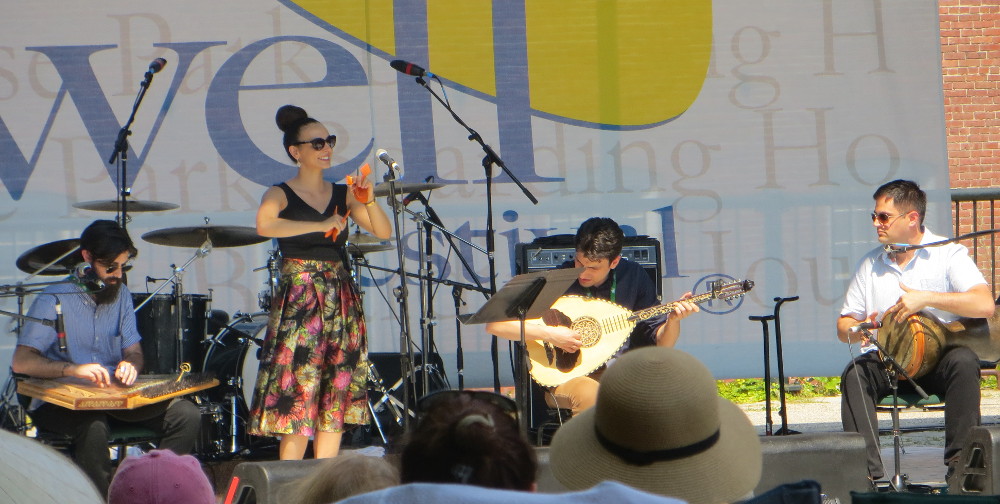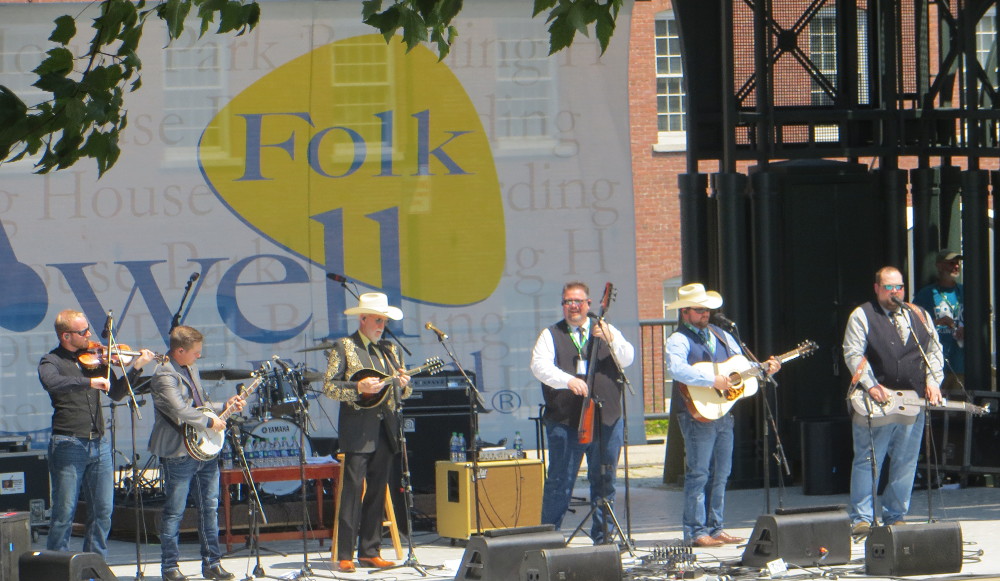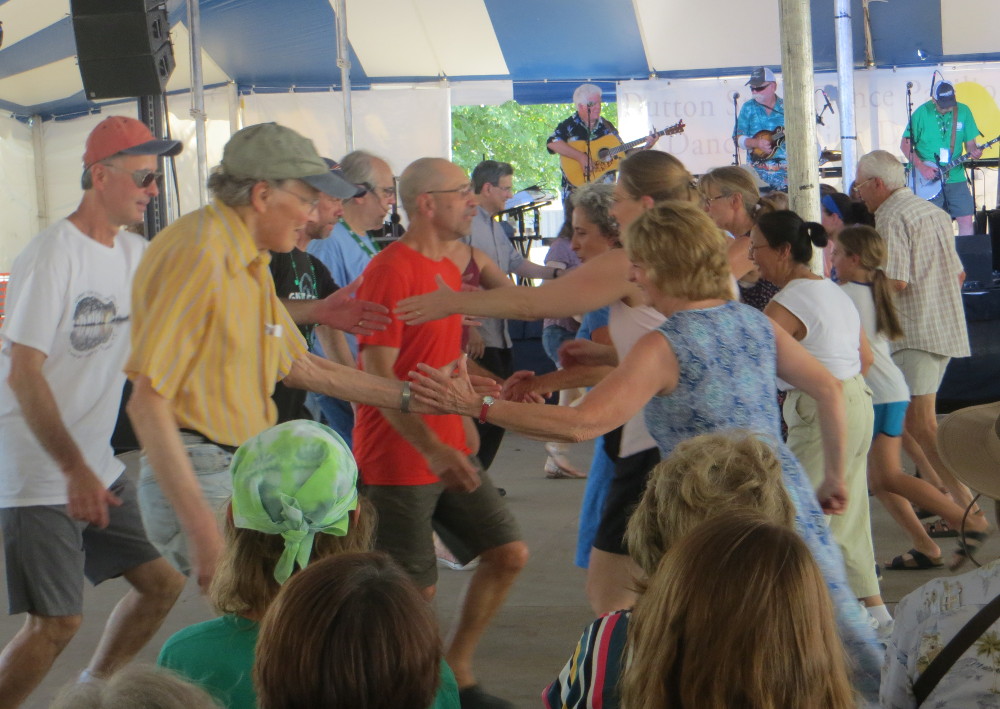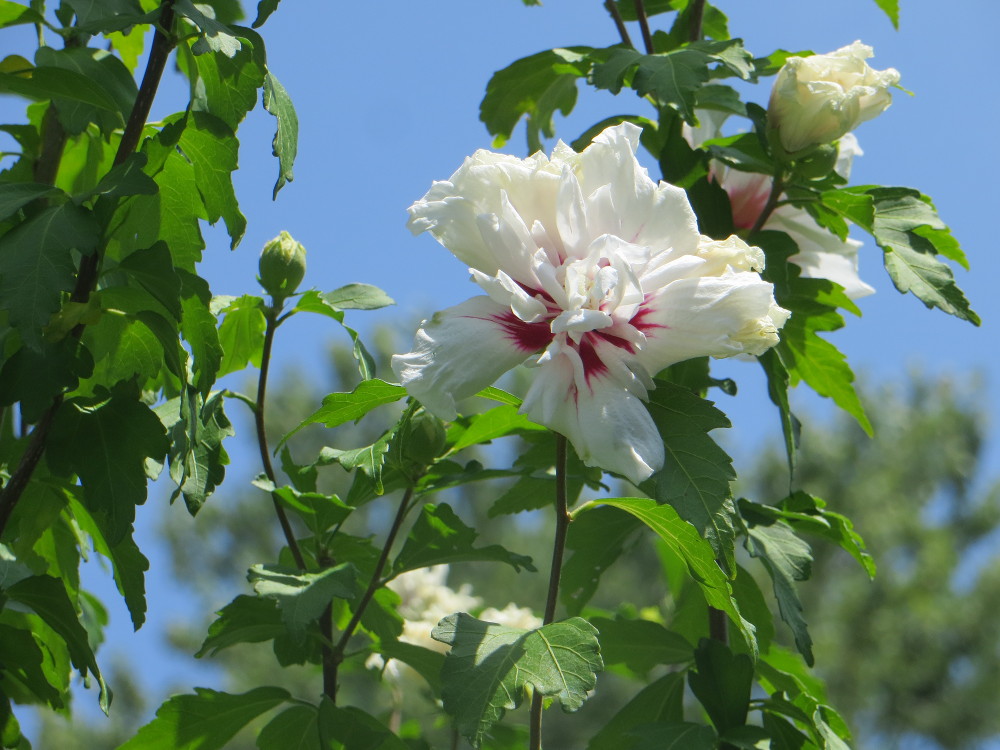
Personal History and My Idea
At some point in my musings about musicians and other contemplations, I had the idea to compile a clearinghouse of resources for those suffering from mental health issues. This didn’t just pop up out of nowhere. My mom struggled with bipolar disorder for most of her life, incorrectly diagnosed until her early 50s, and it’s something we lived with as a family. My dad, while supporting her, dealt with his own anxiety and worry issues and now, I proudly carry on that unwelcomed family tradition. For those who are interested in our personal story, you can see my essay on the Depression Army blog, “Transcending the Sad Circus: Caring for Someone with Bipolar Disorder.”
Resources to Recover — Gateway to Mental Health Services
In researching for my mental health directory, which I envisioned would start with Massachusetts, where I am based, and eventually encompass all of the Northeast and then the rest of the U.S., I came across rtor.org, Resources to Recover — Gateway to Mental Health Services. They provide information about the various mental health maladies, including depression and anxiety, bipolar disorder and schizophrenia. They also have a comprehensive directory of mental health providers, by state, in addition to residential facilities, educational information, financial services and more. They have an advisory board of psychiatrists, psychologists and social workers, and seem eminently qualified to be doing this.
As I’m a firm believer of not re-inventing the wheel, I’ll outline what they have available, say a few words about where Massachusetts sits in the confusing sea of uneven coverage for mental health treatment across the U.S, and leave it at that. I include substance abuse and addiction treatment, since it’s often related to mental health issues, or at the least, it’s almost always linked to mental health in terms of state coverage (or lack thereof).
State-By-State Mental Health Provider Directory
If you go to their Provider Directory, type just your state into the search form and click “Filter,” you’ll get a list of healthcare providers and facilities for that state. Drilling down further gives you a profile of the person or place, along with services, focus, patient quotes — and in the case of doctors, education, certifications and payment information, including what types of insurance they accept. It’s quite incredible.
In addition to filtering on state, you can filter on provider type and client focus. You can also select “Location Search” and do a map-based search based on your address or zip code. Even better.
Mental Health Resources and Statistics by State
One very useful thing that isn’t advertised, nor can I find a place where you can directly access all of them, is that if you go to rtor.org/directory/mental-health-[your state]/ (all lower case and use dashes if you need to, like rhode-island), you’ll get a page that provides general information about the state in terms of mental health and substance abuse support.
It begins with the population, population density, percentage of adults living with a serious mental health condition and percentage of those receiving treatment. Mental health statistics are courtesy of SAMHSA, Substance Abuse and Mental Health Services Administration. The state’s ranking in terms of mental health access is provided by Mental Health America. There’s also brief information about Medicaid, with a link to the state website for information. The page finishes with important links for that state.
Massachusetts Mental Health Resources
If you or a loved one is dealing with a mental health or substance abuse issue, be glad if you live in Massachusetts. Though we’re at the top of the heap in terms of population density (any commuter can tell you that), we also rank near the top in providing access to mental health services. There’s a link to the Massachusetts Health Connector, the gateway to obtaining insurance according to your needs and means. They list state resources and help in finding an appropriate provider for your location and concern.
In A Perfect World — Universal Mental Health Care (and Substance Abuse Support)
I yearn for a day when people don’t have to figure out if something is covered based on where they live. The same goes for those of lesser means wondering if a condition is covered. Finding the right support and treatment for yourself, a friend or a family member, while you’re trying to deal with a mental health or addiction issue, can be a harrowing experience. However, rtor.org is admirably filling a badly needed role, in helping those with mental health and substance abuse issues navigate the jungle. I thank them for their work.
share this:






